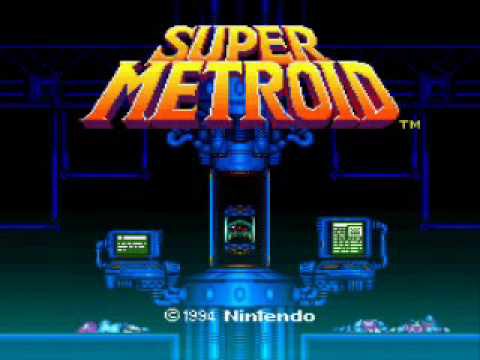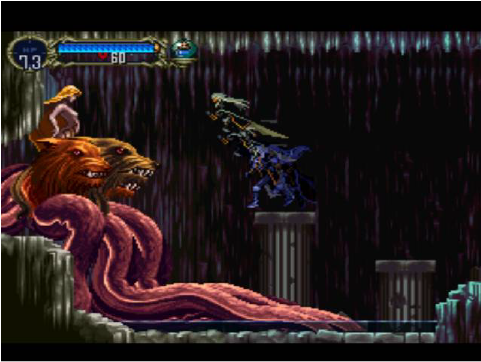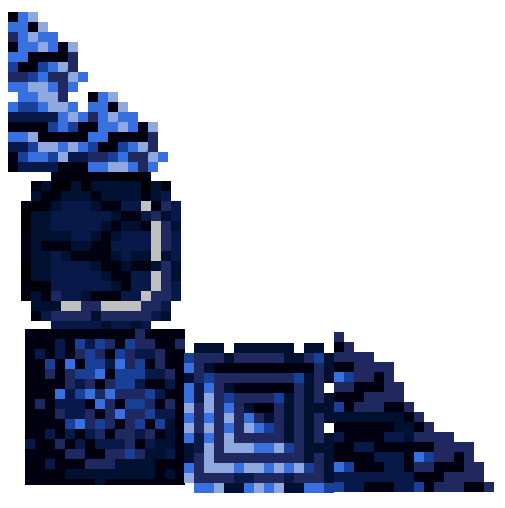

Released in 1994 for the Super Nintendo, this game has had a significant impact on the genre, being more successful than previous entries in the Metroid series and going on to sell nearly 1 and a half million units. But beyond that, the game design in Super Metroid is lauded upon to this day for it’s non-linear open design, haunting atmosphere, wordless story, and intriguing powerups. Communities are stil active around this game, particularly the speedrunning community, thanks to the game’s extremely robust powerups and open level design, allowing a multitude of unique ways for getting around and completing the game.


This game came out in 1997 for the Sony Playstation 1 and Sega Saturn systems, a unique entry in the successful Castlevania series. What was unique about SOTN was moving away from a fairly linear, twitch-challenge based level design (with temporary power up and unchanging character movement). While previous entries like Castlevania 2 touched upon non-linearity/exploration, SOTN was the more commerically successful and impactful one, shaping all future entries in the series.
SOTN had a focus on open exploration of a large castle, different weapons, items, subweapons, transformations, spells, and a level up system to all reward and aid the player in navigating the castle. The attention to detail and style contained within the game, alongside it’s plethora of content, cemented the game in players’ minds as the second definitive title in the Metroidvania genre, despite coming out 3 years after Super Metroid.


